#archaeoistiodactylus
Text
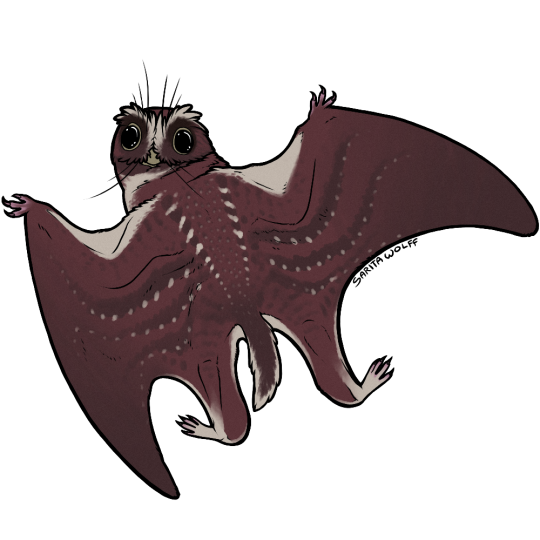
#Archovember Day 18 - Cascocauda rong
The Anurognathids of the Jurassic and Cretaceous were highly derived pterosaurs that filled a similar niche to bats. They were nocturnal or crepuscular, insectivorous (though some larger species may have eaten fish as well), arboreal, and had short tails. However, Cascocauda rong of Middle - Late Jurassic China was an exception to the short tail rule. It’s tail was longer than other known anurognathids, earning it a name meaning “fluffy ancient tail.” But more importantly, Cascocauda provides us evidence of the complexity of pycnofibers in pterosaurs. Long thought to be simple and furlike, pterosaur pycnofibers were thought to be unique structures that evolved independently from feathers. However, Cascocauda had an array of different pycnofiber shapes and structures, one of them being similar to downy feathers with frayed ends. This further strengthens the hypothesis that feathers evolved before dinosaurs and pterosaurs even split into two different clades. Also, infrared spectral analysis was used on these pycnofibers, showing they had a similar absorption spectra to red human hair, making Cascocauda one of the only pterosaurs for which we know its coloration!
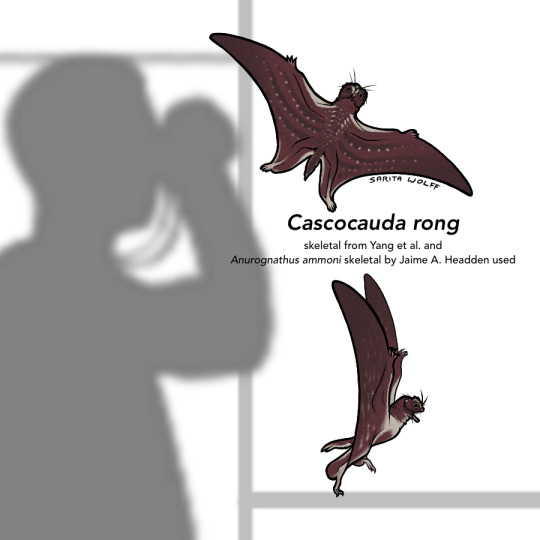
Found in the Tiaojishan Formation, Cascocauda rong would have lived with other anurognathids like Jeholopterus, Sinomacrops, and the tiny Luopterus. A wealth of other types of pterosaurs existed here as well, such as Darwinopterus, Kunpengopterus, Archaeoistiodactylus, Pterorhynchus, Wukongopterus, Daohugoupterus, Douzhanopterus, Fenghuangopterus, Jianchangnathus, Jianchangopterus, Qinglongopterus, and Liaodactylus. Dinosaurs lived here too, including the famously colored Anchiornis and other Anchiornithids like Aurornis, Caihong, Eosinopteryx, Pedopenna, Serikornis, and Xiaotingia, as well as the bizarrely bat-winged Scansoriopterygids Epidexipteryx, Scansoriopteryx, and Yi, and the quilled heterodontosaur Tianyulong. Arboreal cynodonts like Agilodocodon, Juramaia, Maiopatagium, Arboroharamiya, Volaticotherium, Vilevolodon, and Xianshou would have shared the trees with Cascocauda rong, adding to the busy, fluffy, feathery nature of this ancient forest.
#my art#SaritaDrawsPalaeo#Cascocauda rong#Cascocauda#anurognathids#pterosaurs#archosaurs#archosauromorphs#reptiles#Archovember#Archovember2023
26 notes
·
View notes
Photo
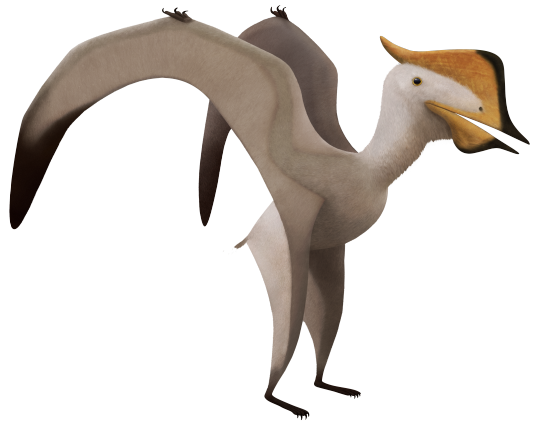
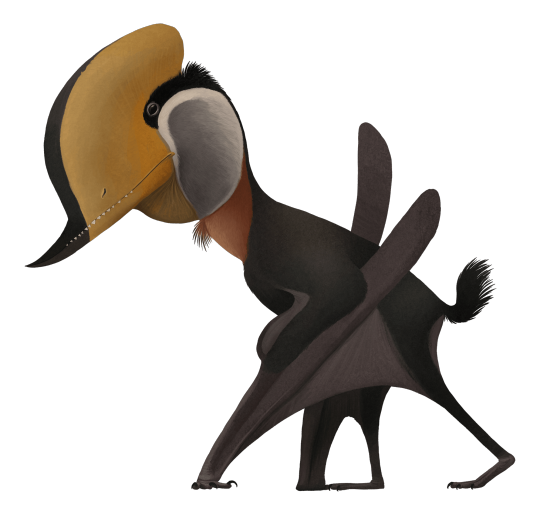



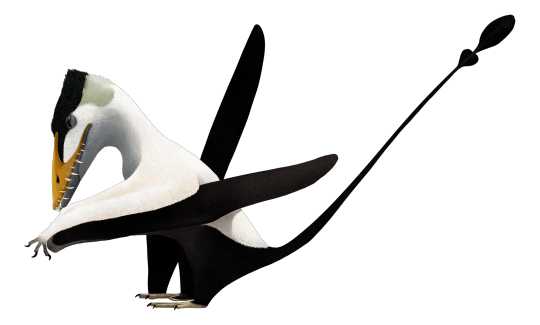
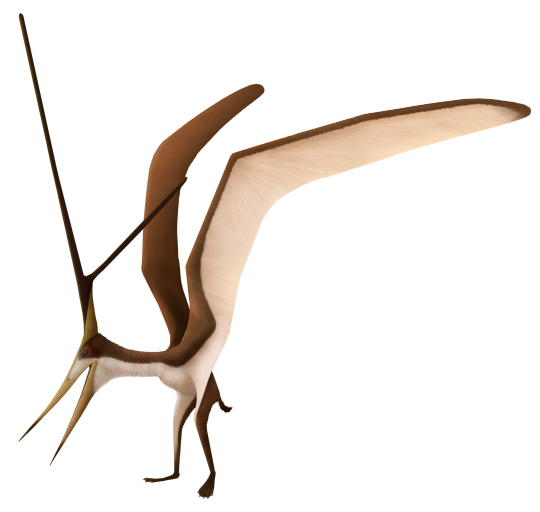


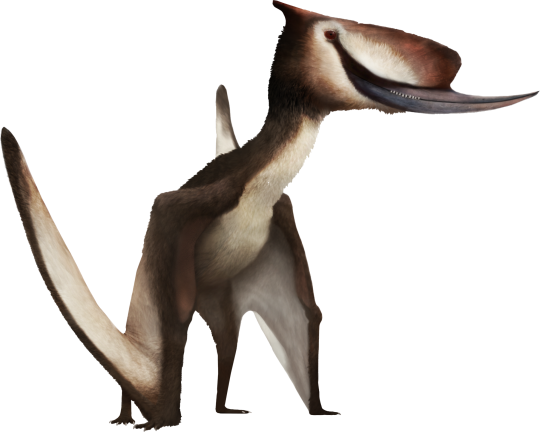
Sinopterus, Domeykodactylus, Archaeoistiodactylus, Dawndraco, Arambourgiania, Rhamphinion, Nyctosaurus, Quetzalcoatlus, Bakonydraco, and Dsungaripterus.
Art by Julio Lacerda.
#art#julio lacerda#sinopterus#domeykodactylus#archaeoistiodactylus#dawndraco#arambourgiania#rhamphinion#nyctosaurus#quetzalcoatlus#bakonydraco#dsungaripterus#pterosaurs#paleoart
198 notes
·
View notes